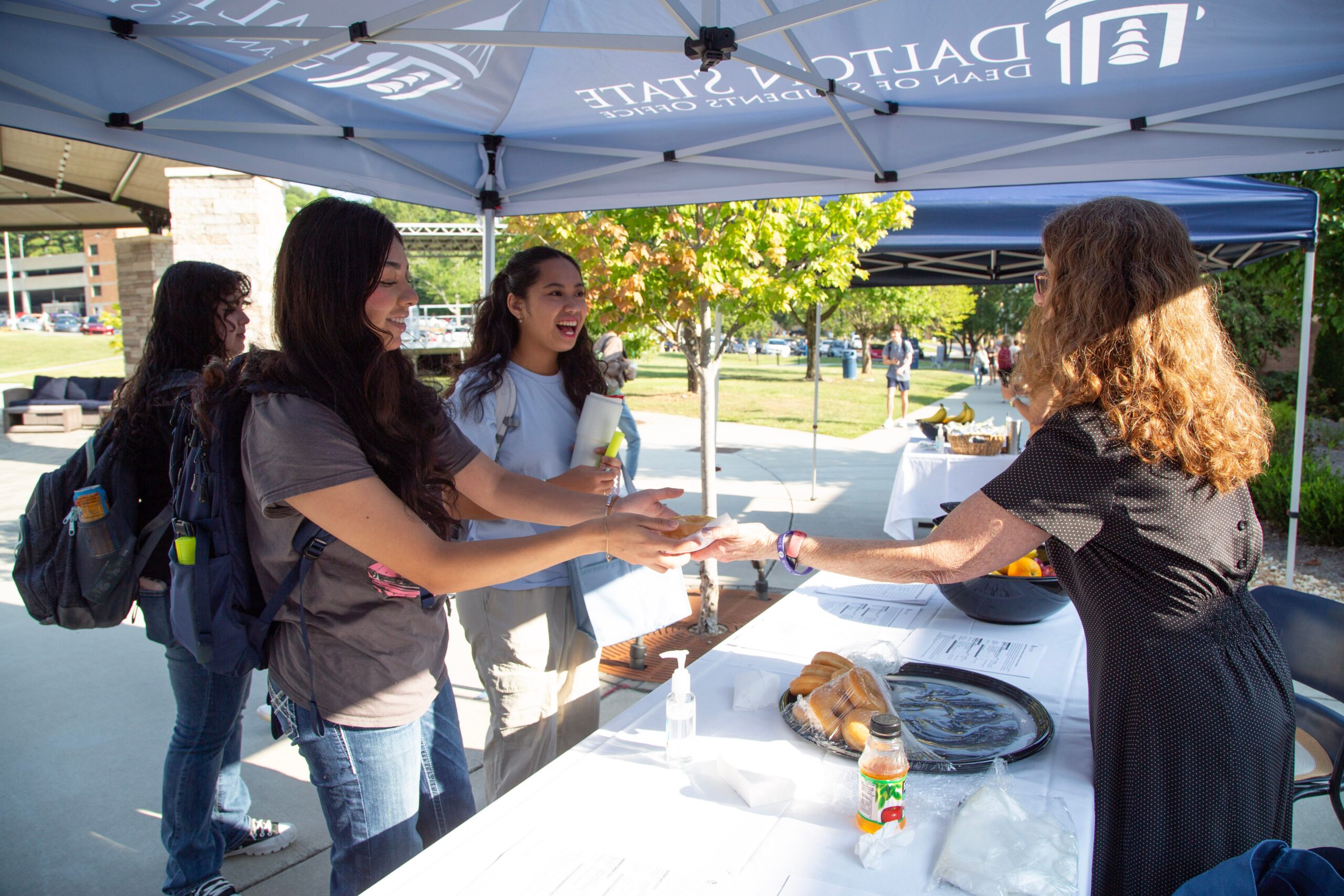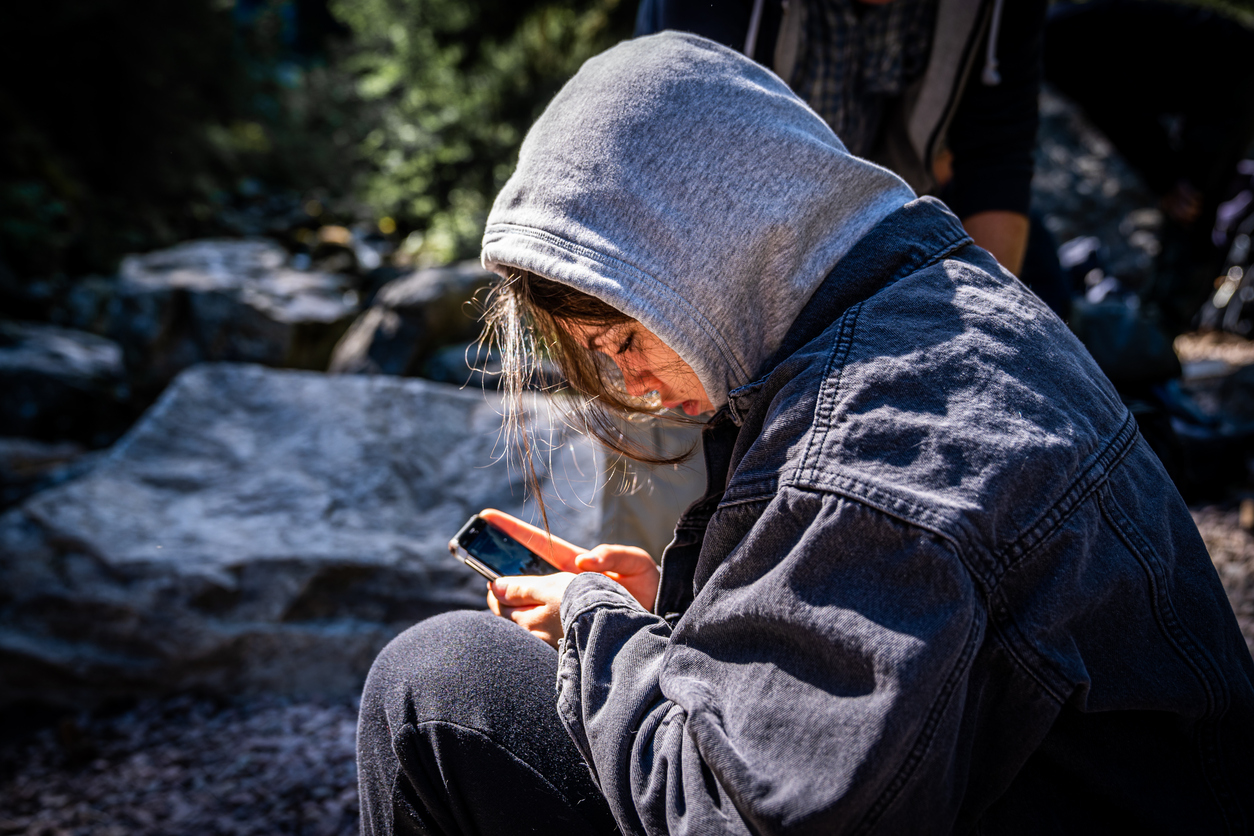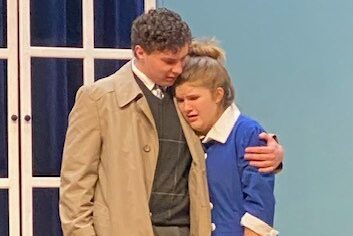Don’t let the cost of college deter you from pursuing a degree. Visit Dalton State’s FAFSA night to learn about qualifying for financial assistance.
The event will be Tuesday, April 19, from 5 – 8 p.m. in Gignilliat Hall. There will be presentations beginning at 5, 6 and 7 p.m. The event is free and open to the public.
The Free Application for Federal Student Aid (FAFSA) is the main application students and their families use to apply for federal or state-supported financial aid to pay for a college education. Presentations at the event will include a line-by-line explanation of questions asked on the FAFSA. One-on-one assistance completing a FAFSA will be provided in English and Spanish.
The event is hosted by Peer Education’s Financial Fitness Learning Center. There will also be representatives from Dalton State’s Enrollment Services and the Latin American Association.
Qualifying for financial aid can be the difference between attending college or not for some students.
“There are prospective students who may not realize they are eligible for financial aid and believe they cannot afford to further their education,” said Sammi Carter, financial literacy lab specialist. “By assisting students with their FAFSAs, we hope to decrease the potential financial burden and make college an option for them.”
A variety of circumstances can lead students to believe they are not eligible for financial aid, said Brooklyn Herrera, assistant director of peer education.
“There are potential and current students who believe they do not qualify for financial aid due to certain circumstances, like their parents’ citizenship status,” said Herrera. “I have met with students who are working full-time to pay their bills and tuition because they are reluctant to ask these questions. They later discover that they actually qualify for aid, and the FAFSA form doesn’t even ask about their parents’ status.”
Dalton State is Georgia’s first and only Hispanic-Serving Institution (HSI), a federal designation awarded to institutions where at least 25% of the student population identifies as Hispanic.




